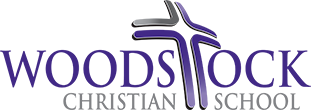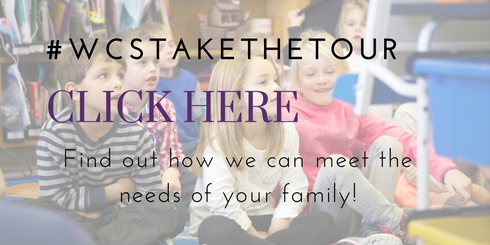Read With Them
One of the best ways to encourage your child in their learning is to read with them. It is amazing how much children know about language before they even learn to read. From the moment they are born, kids are exposed to all kinds of spoken language that helps them understand and make connections to written language years later. All that language—spoken to them, sung to them, read to them—becomes deposits in their language bank that they can use as they grow. Reading leads to language comprehension.
What is language comprehension?
Language comprehension is the ability to understand the different elements of spoken or written language, like the meaning of words and how words are put together to form sentences. Language comprehension is one of the building blocks of reading comprehension.
Why is language comprehension important for reading?
Imagine that a child’s language bank is full of vocabulary, knowledge of how words make sentences, and information about the world. When the child begins to read, they will be better able to connect the words on the page to all these things.
When do kids start developing language comprehension?
From birth to about age 6, children are considered pre-readers. They are learning sounds, letters, words, phrases, and what all those things mean. They begin to learn about books, too: how to hold one the right way and how to turn the pages. They go places with adults and experience new things. Even commonplace things, such as shopping or taking the bus, provide new experiences for children, especially if the adults talk with the children about what is going on. For example, talking about what you have to do to take the bus, the colors of the packages at the store, or how you pay for something provides new information for children to deposit in their language bank.
Stay tuned for more ways you can support your child’s reading and learning. Carol Verbeek, Principal
Source: https://www.nwea.org/blog/



